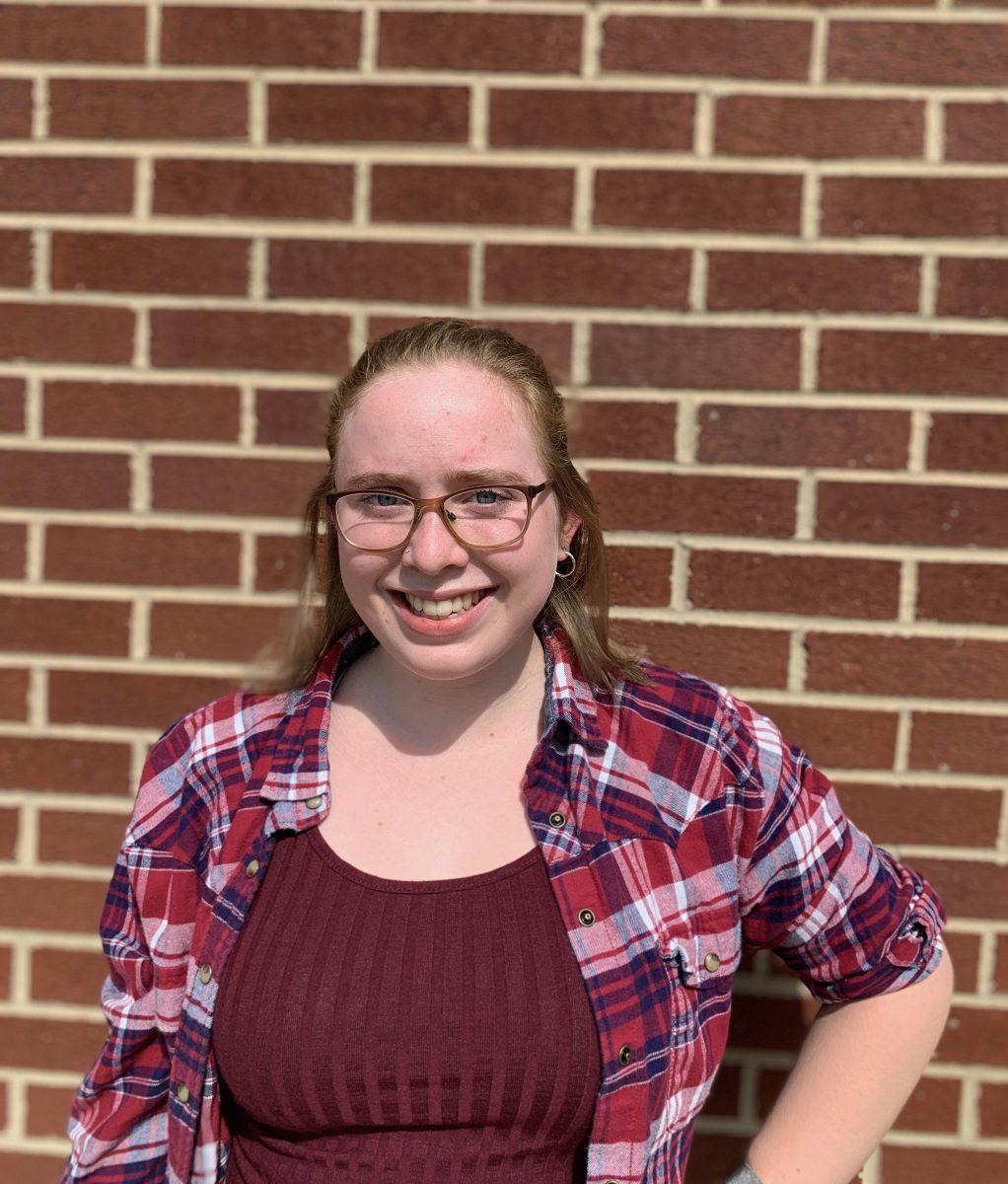The whole world is on the edge of its seat waiting for its turn to receive a COVID-19 vaccination, but where do college students fit into this? When is the best time for us to be vaccinated? My colleague, Kristina Beek, believes that college students need to be moved up in the vaccination rollout line and receive them sooner rather than later. I, on the other hand, believe that college students need to wait their turn because we are not a high-risk population, and we have the ability to control our exposure in comparison to many of the other groups in line.
The exact timeline of vaccination rollout is unfortunately not clear due to constant changes being made based on vaccination availability and other legislative complications, so pinpointing exactly when college students will receive vaccinations in comparison to other groups is nearly impossible. This leads to confusing statements and conflicting information from the same organizations.
For example, in a press release on Dec. 20, 2020, the North Carolina Department of Health and Human Services (NCDHHS) said college students would be vaccinated during phase three of the North Carolina rollout plan, while all other healthy 16-65-year-olds will be vaccinated in phase four. However, on the NCDHHS COVID-19 vaccination information webpage, the organization does not even mention college students but, instead, alludes that they will be grouped with healthy 16-65-year-olds during phase four.
Even though the timeline is not clear, one thing is: The higher college students are placed in the rollout timeline, the more high-risk, high-exposure groups, such as phase four’s essential workers, we are pushing down. What makes us special enough to jump the line and get the vaccine before more deserving groups when we can easily continue living our lives while social distancing and attending classes from the safety of our homes?
My colleague disagrees with this argument. Beek makes the valid point that, as a whole, college students have not been very good about doing their part to stop the spreading of COVID-19. She argues we are putting ourselves in high-exposure situations and spreading diseases to the entire community. This makes college students a major super-spreading group for major cities like Raleigh, Durham and Chapel Hill, and according to Beek, vaccinating college students earlier would minimize the spread greatly and, therefore, be the best move.
While I cannot argue the logic of my colleague’s argument, I can say this: College students are super-spreaders by choice; the groups we would be jumping, such as prisoners, essential workers and our peers with medical conditions, are not. You cannot go up to a waste management worker and tell them to just not get exposed because then they won’t be able to put food on the table. You can tell a college student to take an online class and not party because there are much smaller consequences. So why should we prioritize college students when our super-spreader tendencies can be dealt with in other ways?
I propose that instead of moving students up in the line of vaccination rollouts, we should be moved back to phase five because, unlike many of the groups we are currently ahead of, we can control our exposure by sacrificing just a few more months of our college experience. However, in order for this to work, we would have to make a communitywide promise to be less of a hindrance and to take more responsibility for our actions so that we don’t continue to put our community at risk while we wait. After all, what’s more important, our parties or our community?














